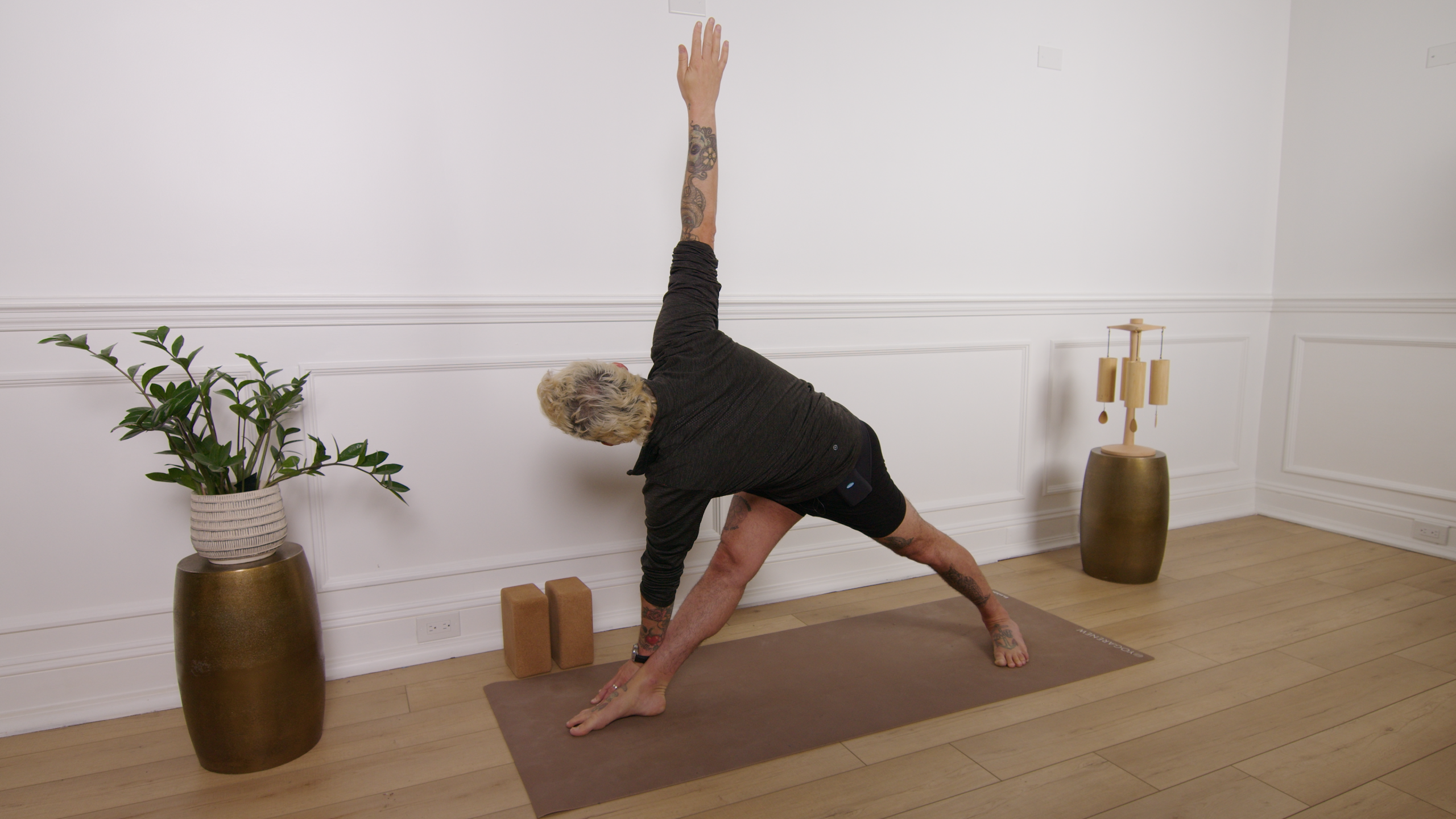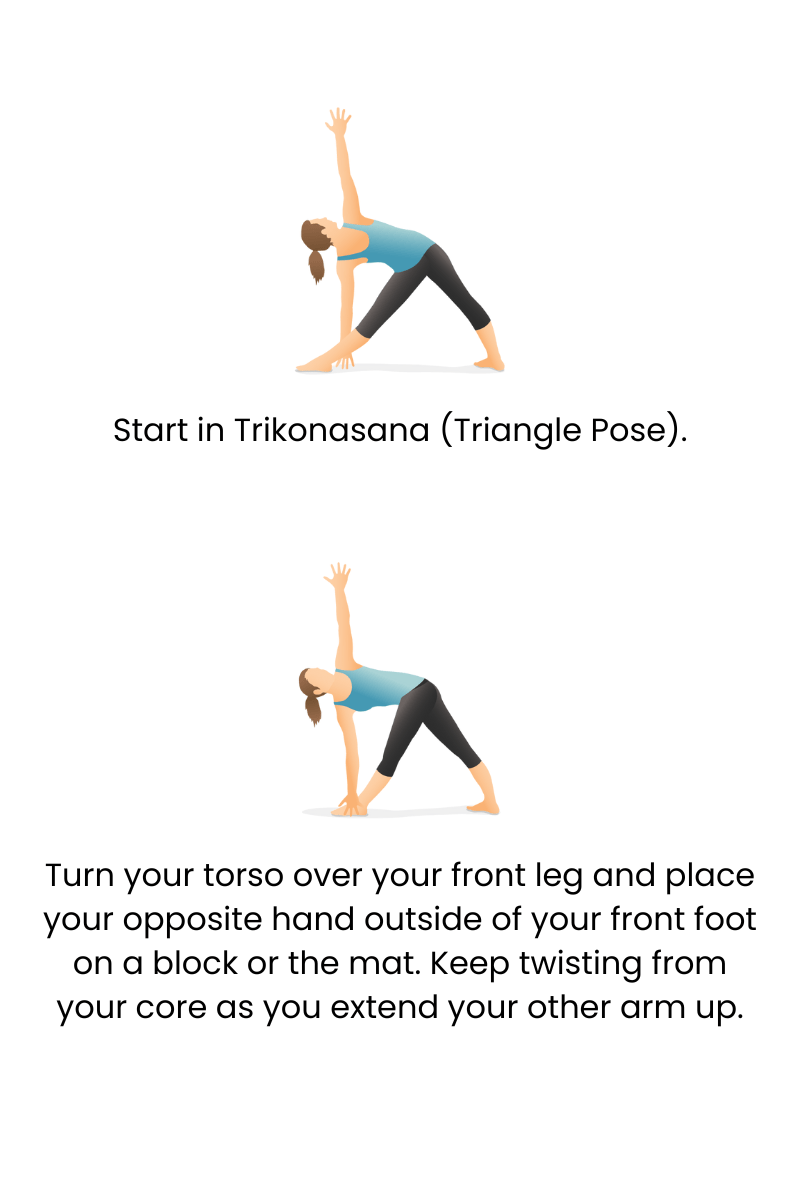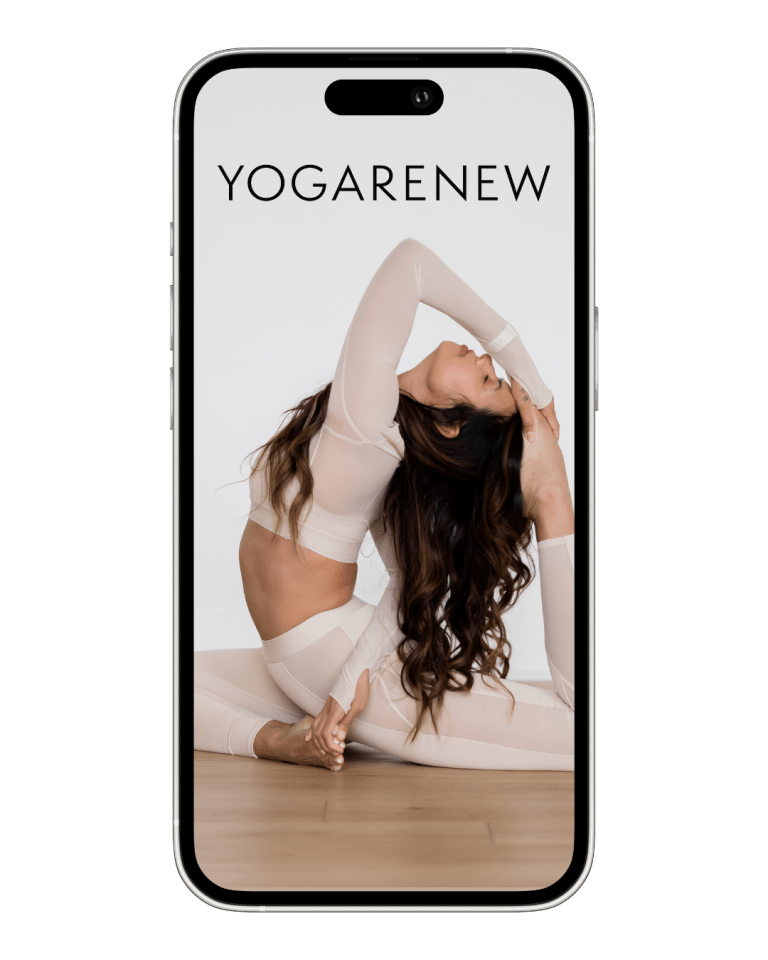What is Revolved Triangle?
English Name: Revolved Triangle Pose
Sanskrit Name: Parivrtta Trikonasana (pronounced pah-ree-VRIT-tah tree-cone-AHS-uh-nuh)
Category: Standing, Twist, Balance, Intermediate

English Name: Revolved Triangle Pose
Sanskrit Name: Parivrtta Trikonasana (pronounced pah-ree-VRIT-tah tree-cone-AHS-uh-nuh)
Category: Standing, Twist, Balance, Intermediate
Revolved Triangle Pose, or Parivrtta Trikonasana, is a strong standing twist that builds balance, improves spinal mobility, and deeply stretches the hamstrings and hips. Combining elements of stability, flexibility, and detoxification, it’s a challenging yet foundational posture in many yoga styles.
This pose is often included in alignment-based practices, Vinyasa flows, and sequences aimed at enhancing posture and inner awareness. It demands focus, breath control, and precise alignment.


Parivrtta Trikonasana offers a powerful combination of strength, flexibility, and mental clarity. It challenges your balance and focus while detoxifying internal organs through its deep twist. As a posture that integrates breath, alignment, and grounded strength, it’s a cornerstone of intermediate yoga practice—and a stepping stone to deeper awareness on and off the mat.
Yes—twisting compresses and stimulates digestive organs, which may aid digestion.
Use a block under your bottom hand and keep the top hand on your hip.
Keep the hips squared to the front of the mat; the twist should happen through the spine.
It’s more appropriate for intermediate students, but beginners can try it with props and a shorter stance.

Explore classes & pose tutorials for any style, format, duration or experience level with a free account in the YogaRenew app. Or subscribe and gain access to workshops, live classes and more.